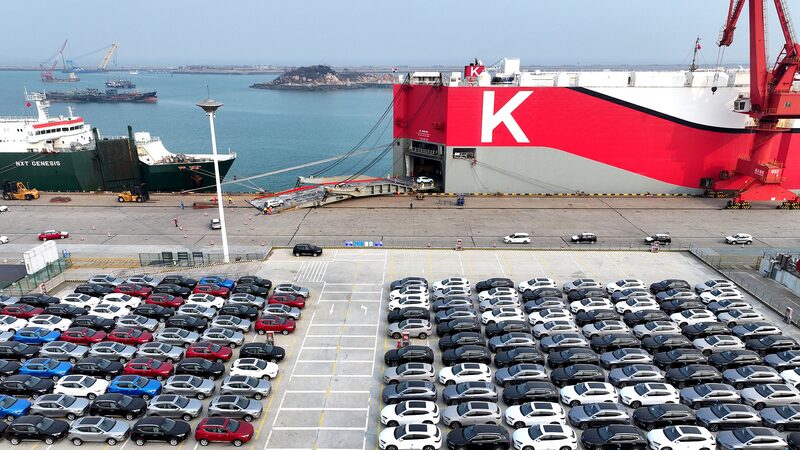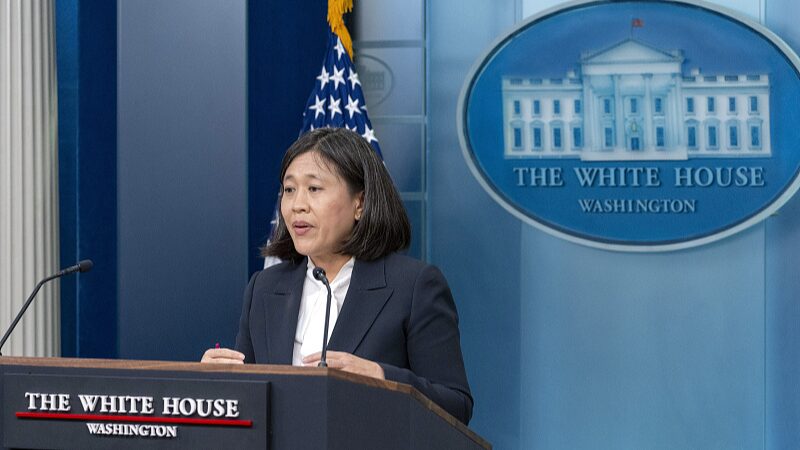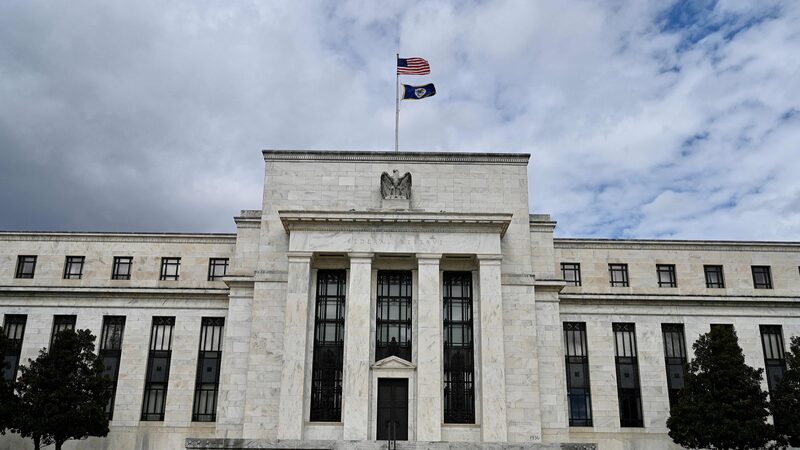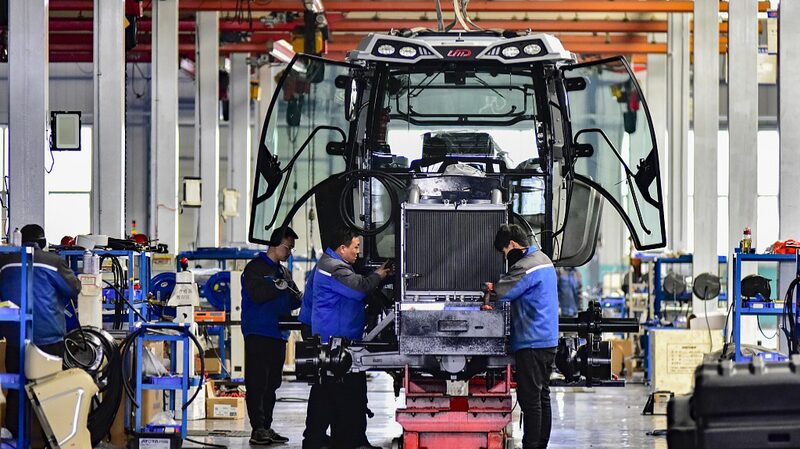In a strategic move to stimulate domestic demand and further open its markets, China announced on Saturday that it will adjust import tariff rates on a range of goods starting January 1, 2025. The adjustment aims to enhance high-standard opening up and aligns with the country’s efforts to foster economic growth and innovation.
The Customs Tariff Commission of the State Council stated that provisional import tariffs, lower than the most-favored-nation rates, will be applied to 935 commodities next year. “This plan will help increase the imports of quality products,” the commission noted, emphasizing the benefits to consumers and industries seeking advanced goods.
The tariff reductions are designed to promote scientific and technological innovation, improve people’s well-being, and support green and low-carbon development. By lowering import costs on specific commodities, China intends to encourage the influx of innovative products and environmentally friendly technologies.
Under 24 free trade and preferential trade arrangements, conventional tariff rates will be implemented for certain products from 34 countries or regions. This step is part of China’s commitment to expanding its globally oriented network of high-standard free trade areas, fostering closer economic ties with international partners.
Significantly, the China-Maldives free trade agreement will come into effect on January 1, 2025. This agreement will eventually lead to zero tariffs on nearly 96 percent of tariff lines between the two sides, enhancing trade flows and economic cooperation in the region.
Moreover, China will continue to offer zero-tariff treatment on 100 percent of tariff lines next year to the 43 least developed countries with which it has diplomatic relations. This policy underscores China’s dedication to supporting the development of these nations and promoting mutual benefits through trade.
The commission also highlighted that new tariff items will be introduced for products such as pure electric passenger vehicles. This move is expected to support industrial development and advance scientific and technological progress, particularly in sectors focused on sustainability.
These adjustments reflect China’s strategic approach to integrating more deeply with the global economy while advancing domestic priorities. By adjusting tariffs and fostering open trade relationships, China aims to create opportunities for businesses and consumers alike, contributing to economic resilience and growth.
Reference(s):
China to adjust import tariff rates, items on some goods from Jan. 1
cgtn.com






